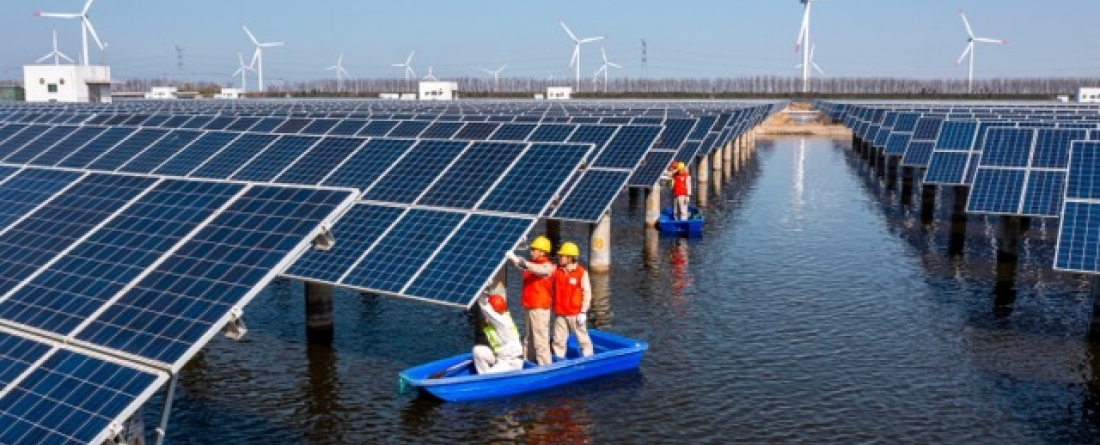
R. Cui, J. Behrendt, A. Miller, M. Zwerling, C. Bertram, M. George, S. Kennedy, M. Westphal, M. Borrero, A. Kreis, D. Walton, A. Zhao, A. Joel Canton, S. Chen, G. Iyer, K. Kennedy, Z. Khan, Y. Li, J. Lou, H. McJeon, K. O’Keefe, M. Zhu, N. Hultman. 2023. “All-of-Society Climate Pathway: Key Policy Levers for 1.5°C-Aligned Action.” Center for Global Sustainability, University of Maryland. 38pp
- By turbocharging partnerships and all-of-society action, the world can still keep our global goal of 1.5°C within reach.
- Building on the knowledge of how all-of-society action can accelerate change, the analysis identifies eleven policy levers that can work better when undertaken in partnership. Keeping 1.5°C within reach will require engagement by key countries, working on all greenhouse gasses and sectors, and integrating across all levels.
- The All-of-Society 1.5°C pathway enables an immediate peak of global greenhouse gas emissions and a 32% emissions reduction between 2022 and 2030, followed by reductions reaching net-zero CO2 by 2050.
- Using the 20-year global warming potential (GWP20) metric, 41% of total emissions reductions by 2030 comes from energy system CO2, 6% from land use change CO2, and 53% from non-CO2 gases, illustrating the critical role of methane.
- To achieve the emissions reductions, significant progress needs to be made along all key policy levers by 2030 globally, including, for example, a threefold increase in total solar and wind installed capacity, over half of new passenger car sales from electric vehicles, phasing out solid fuels and phasing down gas consumption to 12% in buildings, a 30% reduction in global methane emissions, including more than 75% reduction of energy-related methane, and a 73% reduction in hydrofluorocarbon (HFC) emissions from 2020, and others.
- The power and transportation sectors hold the most potential for subnational actors to drive down emissions, while business actors can lead in the buildings sector. National governments play a key role in setting policy priorities, establishing market trends, and investing in new and emerging technologies to support action across all levels of governance. This leadership is also critical in hard-to-decarbonize sectors, especially when further technological and policy development is needed for progress.
A new analysis from the Center for Global Sustainability assesses how an all-of-society climate strategy across all countries can catalyze both national and subnational actions in support of an All-of-Society 1.5°C pathway. The analysis identifies substantial opportunities for partnership between national and subnational actors to close the emissions and implementation gaps highlighted in this year’s Global Stocktake undertaken by the international community.
